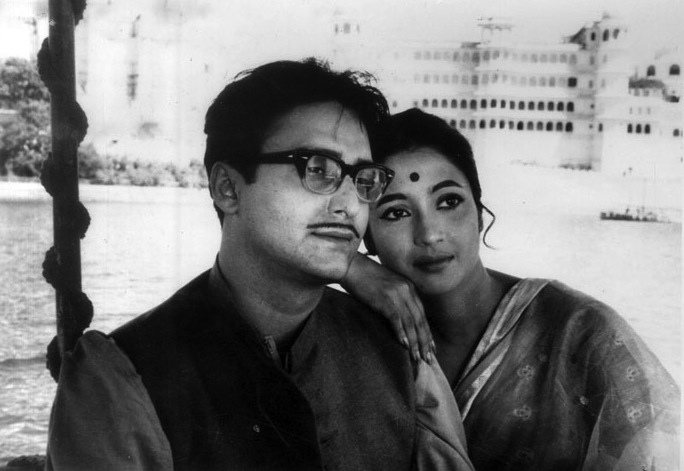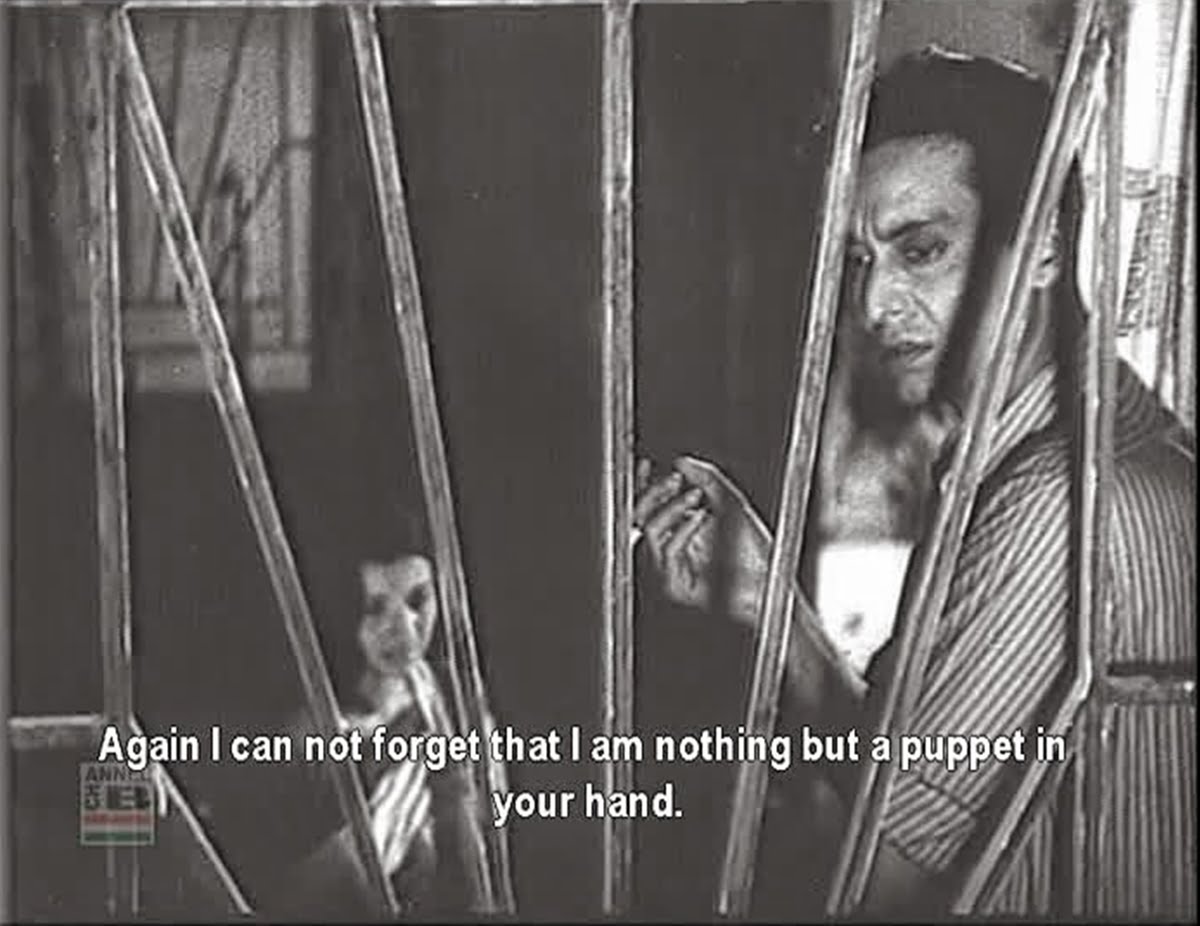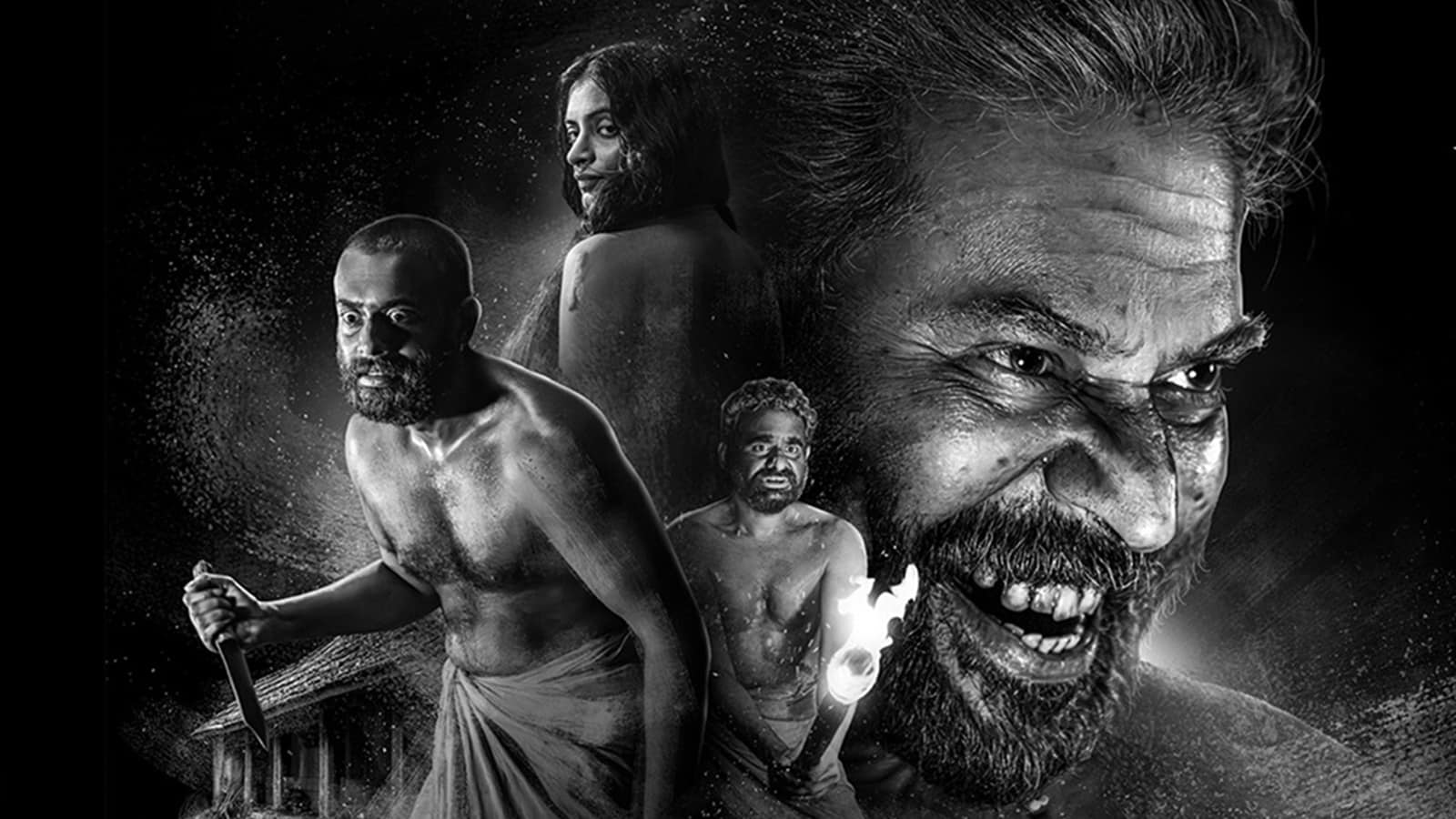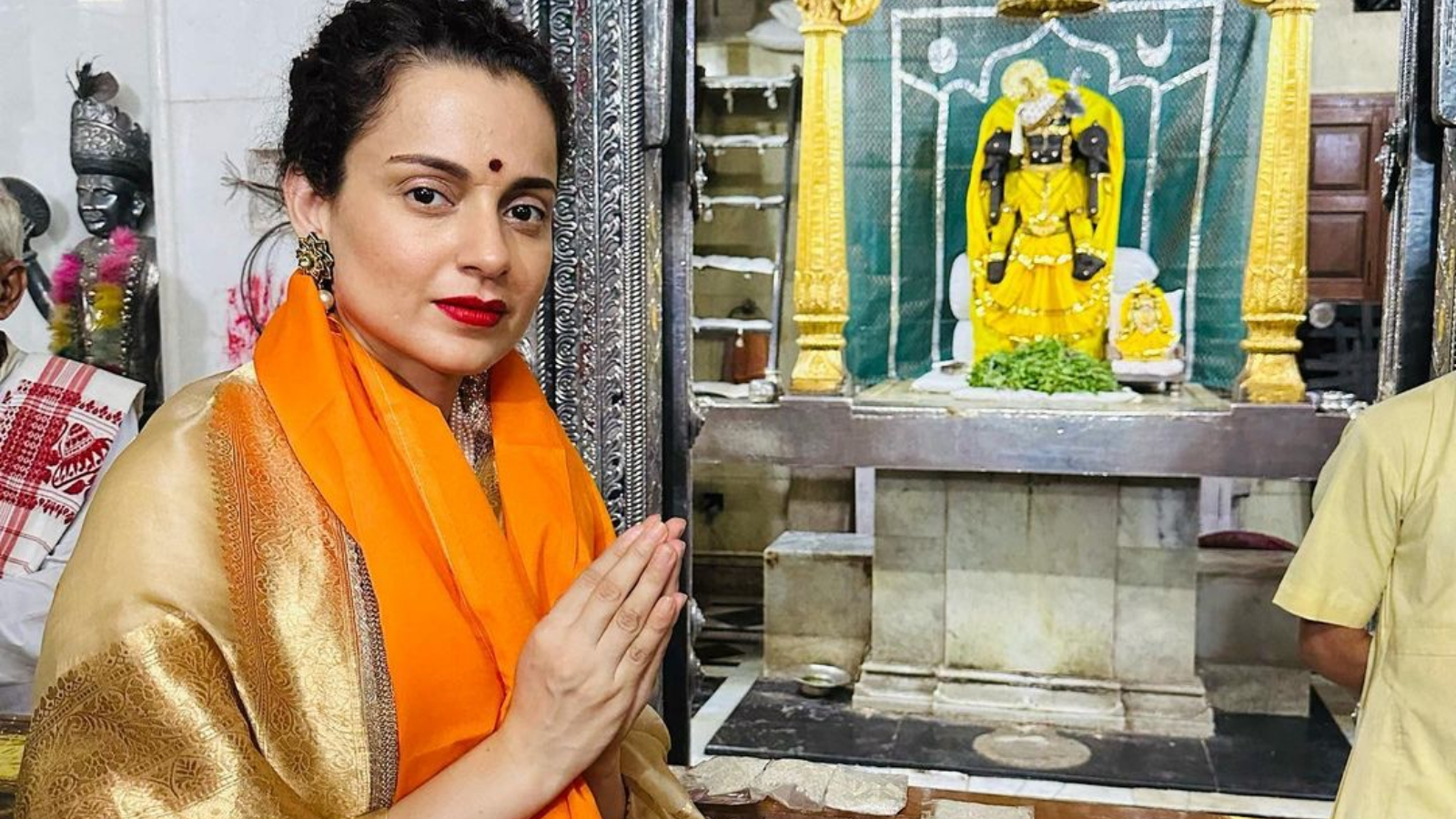It has been variously said that Soumitra Chatterjee’s debut in Satyajit Ray’s Apur Sansar also known as The World of Apu (1959)—is the bildungsroman that mirrored his own life journey from his small-town roots of Krishnanagar in Bengal’s Nadia district to the metropolitan cultural melting pot of Kolkata. And, in doing so, he came to represent the aspirations, struggles and frustrations of an entire generation of post-Partition Bengal.
However, it is impossible to write a Soumitra Chatterjee (1935-2020) retrospective with any one aspect of his filmography in focus. He was a life-long elocutionist and recitation master of the poetry of Rabindranath Tagore and Jibanananda Das, the latter’s poetic sensibility attracting him deeply for being rooted in rural Bengal and mirroring the pangs of Bengal Partition. On the other hand, Soumitra Chatterjee was a prolific man of the theatre, a literary magazine editor, a Leftist and a “non-heroish” hero who was known for being non-starry. A man of the liberal arts, he signalled a manliness that was crafted with city-smartness, good looks and rooted Bengali sensibility but also underlined with so-called “feminine” attributes of melancholy and sadness: qualities largely associated with and depicted to belonging to the fate of women. Thus, Soumitra Chatterjee, amid several diverse portrayals, also claimed the space of the modern, tragic lover/hero with empathy informed by tensions of class and gender.
Also read: Deconstructing Men And Masculinity Through The Lens Of Satyajit Ray
In the post-Apu world, he epitomised the intellectual, poetry-sprouting Bengali bhadrolok in films like Devi (1960), Samapti (1962), Charulata (1964), Stree (1972), Kshudhita Pashan (1960) as Madhuja Mukherjee writes in her article Returning to Soumitra Chatterjee’s Most Influential Roles. Some of his pivotal roles in romances, urban comedies and tragedies, however, let us into the many shades of individualistic modernism/greyness within the bhadrolok space that Chatterjee brought on screen.
And, even in so-called romantic drama genre, a film like Teen Bhubaner Pare (1969) brings out the grammar of street-cred protest so emblematic of Bengal politics woven into Chatterjee’s character of Montu. An Angry Young Man, Montu is introduced as the street ruffian, a product of Calcutta’s “rock/rowack culture”—a curious term for adda time spent on the flat pedestal on both sides of the staircase leading to the main door of the house as he rocks and rolls breezily with his para (neighbourhood) friends to Jibone Ki Pabo Na. Saroshi (Tanuja), the educated teacher takes on a civilising mission to tame the “uncivilised” brute that Montu is and puts him on a rigorous vocation of studies and “culture”.

Their marital domesticity is fraught with anger, hatred, isolation and anxiety and mirrors the battles of urban class differences. Montu’s machismo is underlined by class tension. Though far from being noble, his vulnerability and alienation are real, while Saroshi’s “noble” but unempathetic zeal breaks his spirit. A slice-of-life domestic drama, the film is a commentary on modern relationships before the age of the Internet and how class constructs have a toxic effect in a so-called urban couple’s conjugal space without Soumitra Chatterjee portraying any affected toxicity.
Equally fraught with class and gender tensions is his Bengali bhadrolok avatar of a college lecturer Sukhendu Dutta, married to the rich sophisticate Archana Basu (Suchitra Sen). Sukhendu is a poor orphan and although his cramped-up existence is a marker of his class, he is still a Bengali bhadrolok courtesy his education and intellect. Saat Pake Bandha is another commentary on the interpersonal dynamics of class as well as about modern marriages that are a product of love and individualism. Mocked by and constantly reminded of his class limitations by his mother-in-law, Sukhendu is a disillusioned romantic who, though a victim, is also unable to empathise with Archana’s choices. Here, class intersects with his gendered anger, not making him a misogynist but a tragic hero caught in the threshold of patriarchal ego and modernity. Sen earned both accolades and awards for her strong portrayal of Archana bringing out her spirit of freedom and pangs, but Soumitra Chatterjee’s strong portrayal of the deeply wronged and wronging Sukhendu is from an actor without any starry aura.

Sukhendu/Charu – Soumitra/Suchitra are not a typical romantic onscreen pair in Bengali cinema (unlike Uttam-Suchitra), and yet the lead pair lend their onscreen chemistry a charm and tragic temperament. The final heartbreak and melancholic pathos establish Sukhendu as broken, not a typical vision of heroic manliness.
In the film Stree (1972), Soumitra Chatterjee as the humble village-dweller Sitapati lip-syncs to the song khirki theke singhaduar, ei tomader prithibi\ er baireo jogot achey, tomra sheta manona (from the window to the royal entrance, this is the limit of your world\ that there is a world outside, you do not acknowledge) sung by Hemanta Mukhopadhyay. Sitapati lent his thin-moustach-ioed face with his evocative eyes to this song out under the open sky. While, the magnetic Uttam Kumar as the ruthless, philandering zamindar (landlord) Madhav and Arati Bhattacharya as his wife and the symbolic zenana-bound Hindu upper-caste woman Mrinmoyee are captured behind window bars.
And, somewhere embedded in the huge galaxy of Soumitra Chatterjee’s cinematic oeuvre is a character like Sitapati with his soft critique of the entitled zamindari system and its systemic oppression of women. Though pale in comparison to Madhav’s or Uttam Kumar’s towering screen presence, it offered a revisionary lens. When Chatterjee debuted in 1952, Uttam Kumar was already a superstar. Kumar rose to become Bengali cinema’s biggest matinee idol; a truly gifted actor who was unmatched in Satyajit Ray’s Nayak (1966), one of the two Ray films that he acted in. It is significant that Chatterjee acted in 14 of Ray’s films and toured the hall of fame in world cinema through the Ray universe. Soumitra Chatterjee’s Sitapati is a study of melancholic manliness and an acceptance of the tragic fate, a domain of the conventional celluloid feminine.

In Satyajit Ray’s 1960 film Devi, a potent commentary against religious dogma, blind faith and superstitions, the erudite and rich Brahmin Kalikinkar (Chhobi Biswas) starts believing and worshipping his daughter-in-law Doyamoyee (Sharmila Tagore) as goddess Kali. Soumitra Chatterjee’s Umaprasad, Doyamoyee’s husband, represents the man of reason who has nothing against Hinduism but is against logical anomaly and blind faith as he argues with his father. Aware of the injustice meted out to his wife and troubled by his helplessness in the hands of the patriarch’s authority, Umaprasad depicts a victimhood of tragic fate, doubt and helplessness: qualities not associated with the masculine.
Though Tagore’s powerful portrayal of the central character’s tragic injustice is what keeps haunting the viewer, Ray thankfully shows that Umaprasad can’t be the “manly saviour” as both Doyamoyee and Umaprasad are products and victims of their times. The acting remains in line; empathetic and helpless but never forceful as the godly saviour.
If Stree gave us a vision of alternative manliness, Kapurush (1965) offered a slice of manly/unmanly cowardice. Soumitra Chatterjee is inimitable as the physically charming, well-established and intellectually endowed Calcutta-based scriptwriter Amitabha Roy. As his car breaks down and he finds hospitality at Bimal Gupta’s (Haradhan Bandopadhyay) house for the night, the viewer discovers that Amitabha had once betrayed Gupta’s wife Karuna (Madhabi Mukherjee). As a poor man, Amitabha did not have the courage to go against his uncle’s will and commit to Karuna despite her acceptance of his situation. Today, as a rich man, Amitabha once again, like a coward, urges Karuna to leave her husband and elope with him. Lacking any trace of nobility, idealism, poetic quality, Amitabha, no matter how unflattering, presents an alternative side of Bengali masculinity in flesh and blood. The character of the “unheroic” kapurush, in that sense, is embedded in the specific psycho-social and economic milieu of Bengal in the Seventies. His cowardice is also a part of his manliness; tragically bereft of heroic manly promises.
The Man of Sense and Sensibility
A year later in Satyajit Ray’s Charulata (1964), adapted from Rabindranath Tagore’s Nastanirh or The Broken Nest, Soumitra Chatterjee’s Amal seals the poetics and politics of the Bengali bhardolok. While the unconventionally beautiful Charu, immortalised by Madhabi Mukherjee, is an intelligent and articulate Tagorean heroine with her taste for literature and poetry-writing skills, Amal is her match in wit and wisdom, her friend-accomplice, confidant and a playful diversion from her dull, forlorn marital days spent in the absence of her busy and absent-minded husband Bhupati (Sailen Mukherjee). In the space of their intimate and teasing relationship with undercurrents of passion and jealousy, both Amal and Charu offer a revisionist gender optics. If Charu is enamoured of Amal’s charm and talents, she is herself ambitious about her writing. Amal encourages her but though he adores Charu as his muse he doesn’t worship her breaking the grain of portrayals symptomatic of romance novels. Set against the backdrop of Bengal Renaissance, Amal is the typical non-toxic, Bengal Renaissance product sprinkled with liberal ideals.

In the 1965 comedy Baksha Badal, Chatterjee’s Dr. Pratulya is a psychiatrist who is paired with Aparna Sen’s Amita who get entangled in a romantic relationship after their suitcases get exchanged and through a follow-up of meetings. Dr. Pratulya encompasses the Bengali bhadrolok once again and uses his physical and cerebral charm, gift of the gab and charisma to woo the well-read and opinionated Amita.
In the 1973 romantic comedy Basanta Bilap, Soumitra Chatterjee yet again paired with Aparna Sen, traces the hilarious exchanges between a group of four working “ladies” lodged in a women’s hostel and four young men from their neighbourhood. Chatterjee’s Shyam Sundar Bose and Sen’s Anuradha Singha lead their packs and the sequences lead to memorable banter, battle of the “sexes” with the male lead bringing out the uneasiness of a young man unable to express his love.
Also read: (Re)Making The Man: Masculinity In Hindi Cinema Of The 2010s
Notes on the Anti-Hero
In the much more fiery and magnetic portrayal of Sandip Mukherjee in Satyajit Ray’s Ghare-Baire (1984), adapted from Tagore’s namesake novel (also The Home and the World), Soumitra Chatterjee was established as the anti-hero. In what garnered more criticism and shock from his beloved audience, Sandip is the Machiavellian revolutionary as he plays with fire in his speech and act. Leveraging his physical charm, oratory skills and passion, he plays a dangerously seductive game with Bimala (Swatilekha Sengupta) and takes advantage of the liberal and ethical Nikhil’s trust and good nature. Given the current extremist political climate, Sandip’s amoral route resonates with issues of the present times.
His hero-avatar, however, remains incomplete without the mention of the crowning glory of Feluda, the classic Satyajit Ray creation. Fashioned as the tall, athletic, Charminar-smoking, shawl-and-kurta clad Calcutta-based private detective, Soumitra Chatterjee epitomised the bravado of the pistol and brain at once. But that’s another story.
In his early love and romances, he espoused the fashioning of a modernising man, flawed and real, while in his later years he played varied shades of empathetic, sick, lonely and deeply poetic manliness.
Featured image source: Beth Loves Bollywood




